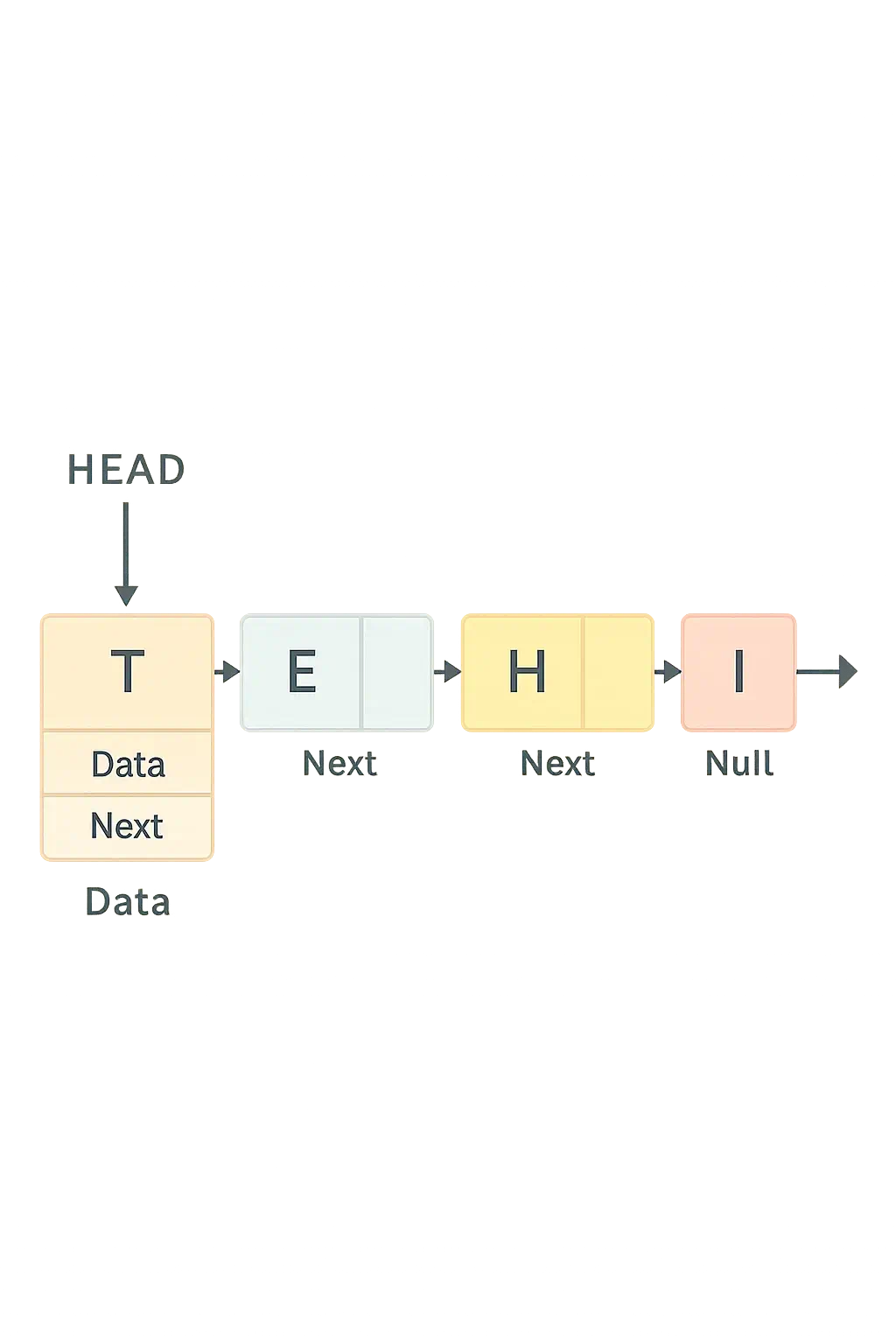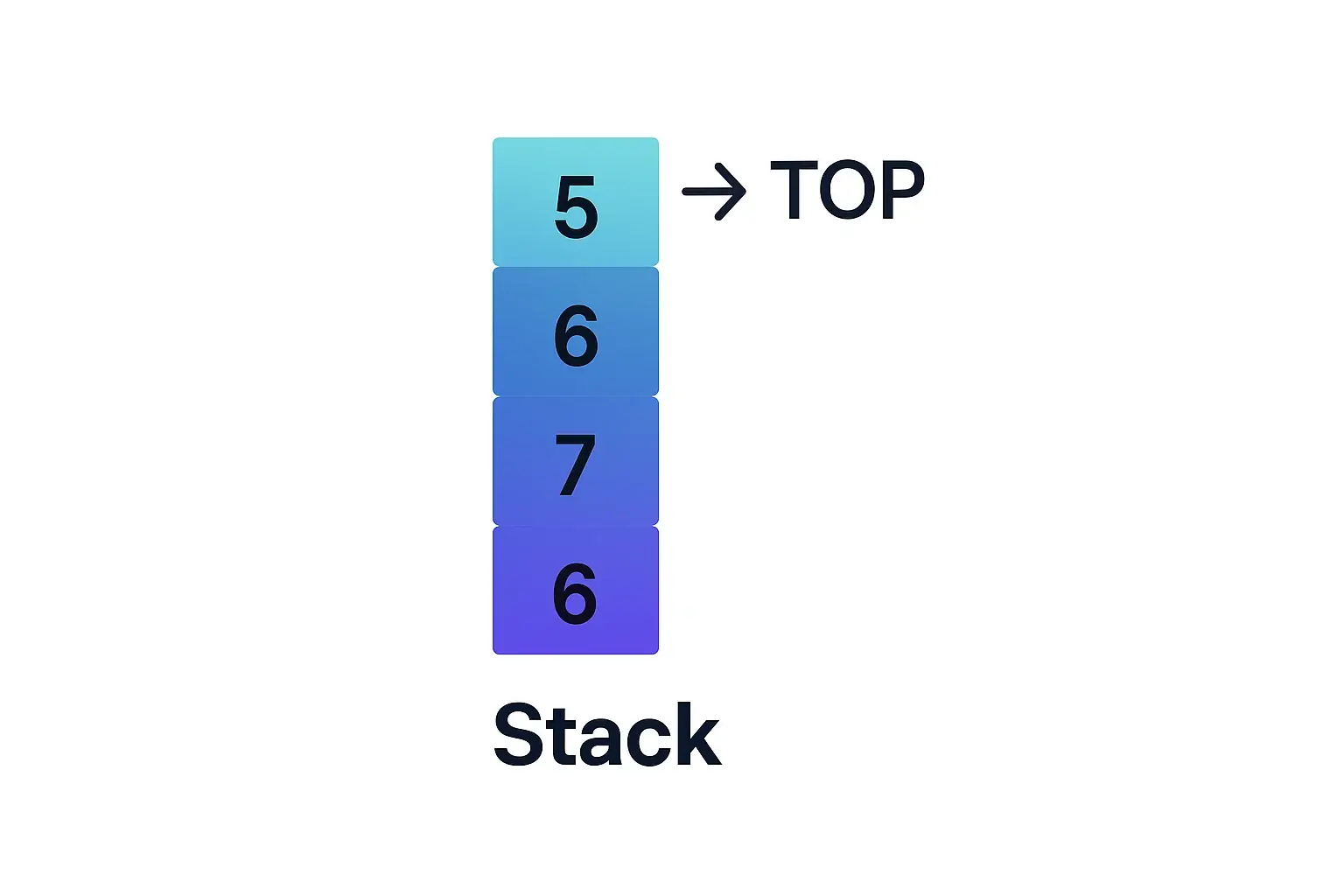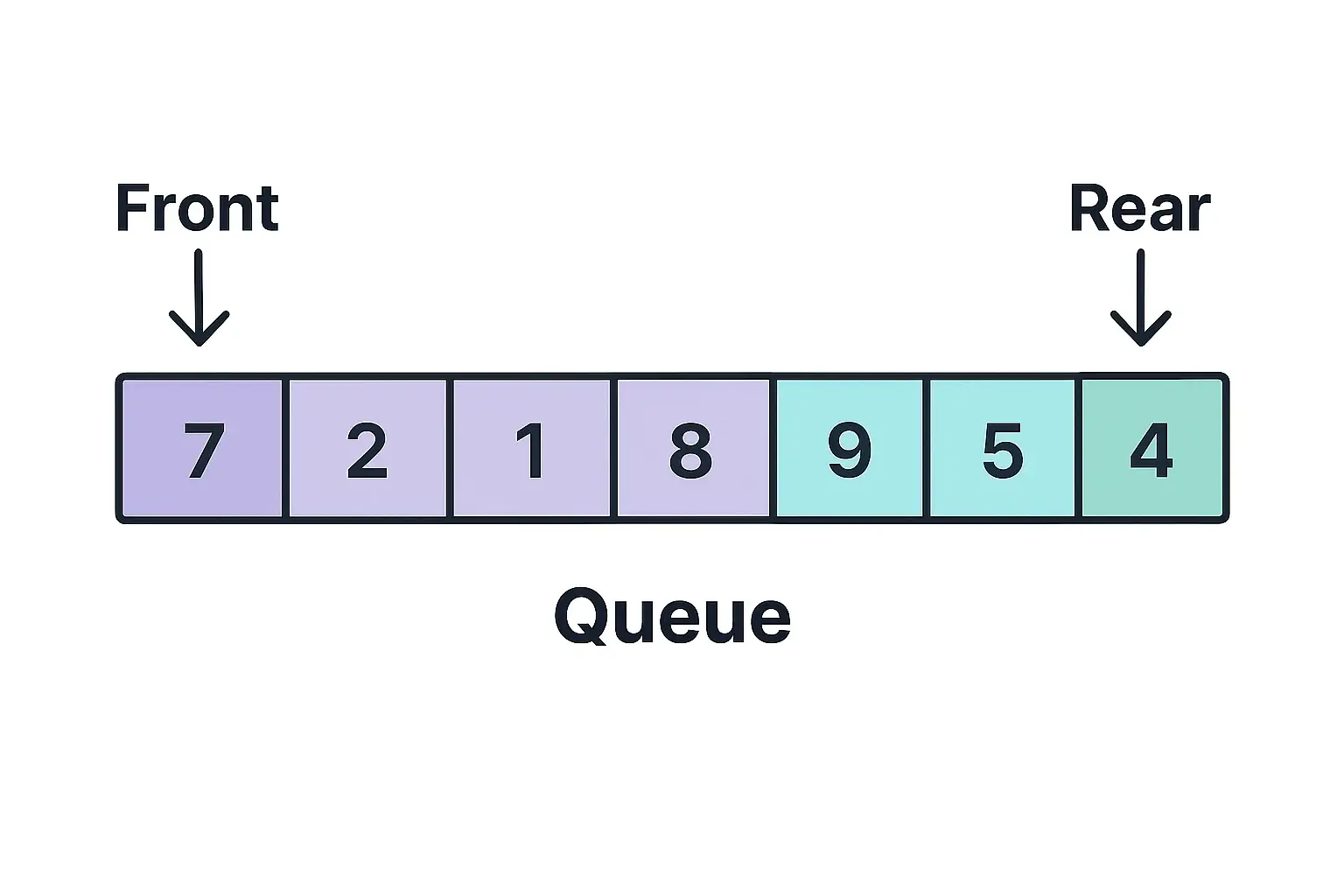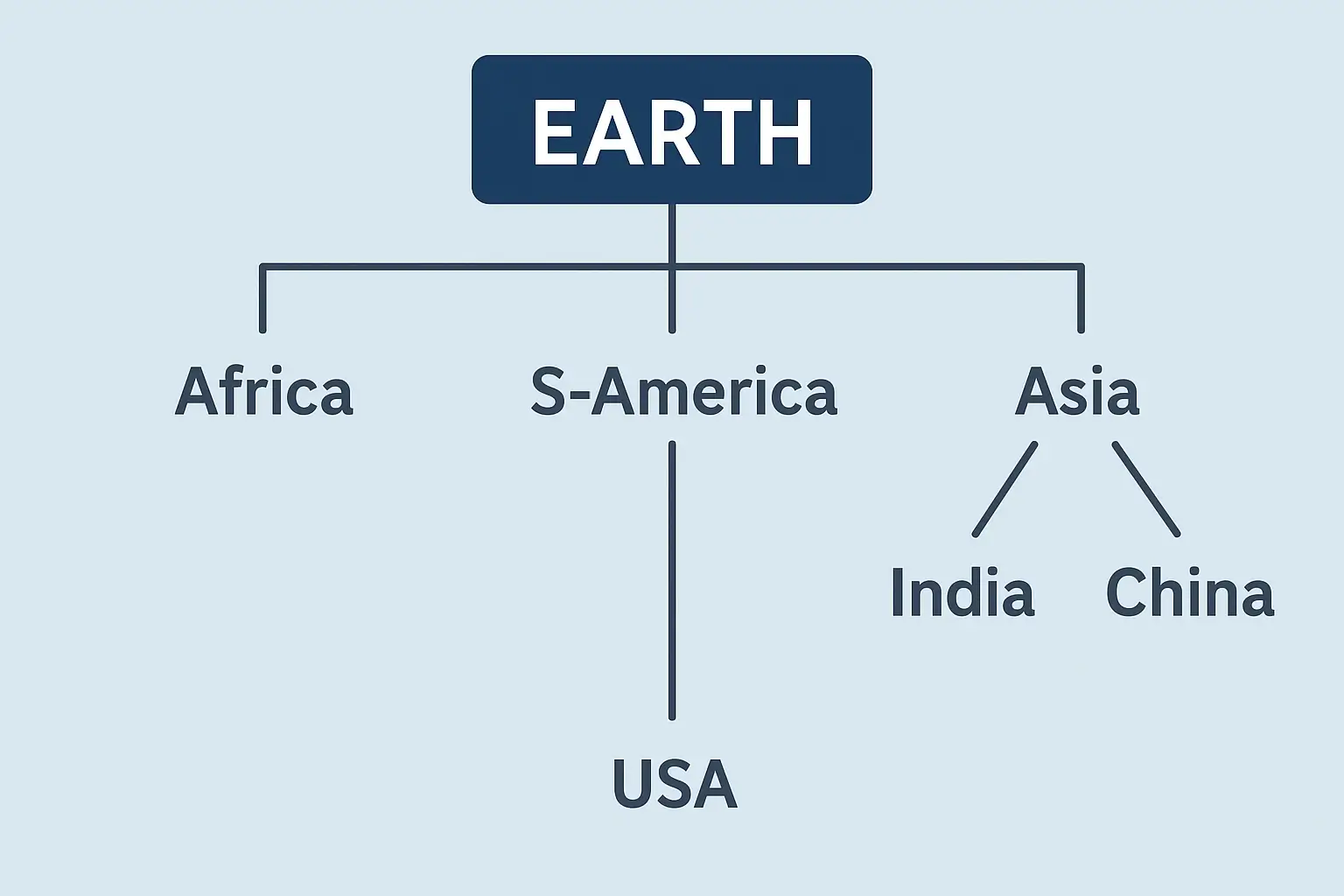Data structures are the backbone of efficient programming. They provide the blueprints for organizing and storing data in a way that optimizes how your code accesses and manipulates it. Choosing the right data structure can make the difference between a sluggish application and one that performs like a well-oiled machine. Whether you’re a seasoned developer or just starting, understanding data structures and their types is crucial for writing clean, efficient code.
What is a Data Structure?
A data structure is essentially a way of organizing data within a computer’s memory. It defines the relationship between data elements and the operations that can be performed on them. Data structures are like containers, each designed to hold and manage specific types of data in the most efficient way possible.
Types of Data Structures: Linear vs. Non-Linear
Data structures fall into two main categories:
- Linear Data Structures: In these structures, data elements are arranged sequentially, forming a linear order. Each element (except the first and last) has a single predecessor and successor.
- Non-Linear Data Structures: Elements are not arranged in a linear sequence. Instead, they can be connected in multiple ways, forming complex relationships.
Essential Linear Data Structures
Arrays:
- Structure: A fixed-size collection of elements of the same data type, stored in contiguous memory locations.
- Strengths: Fast access to elements by index.
- Weaknesses: Fixed size can be a limitation; inserting or deleting elements can be inefficient.
Linked Lists:

- Structure: A collection of nodes, each containing data and a pointer to the next node.
- Strengths: Dynamic size, efficient insertion and deletion at any position.
- Weaknesses: Slower random access compared to arrays.
Stacks:

- Structure: Last-In, First-Out (LIFO) structure where elements are added and removed from the top.
- Strengths: Simple implementation, useful for function call management, undo/redo operations, and expression evaluation.
Queues:

- Structure: First-In, First-Out (FIFO) structure where elements are added at the rear and removed from the front.
- Strengths: Ideal for scenarios where order is important, like task scheduling and data buffering.
Non-Linear Data Structures: Power and Flexibility
Trees:

- Structure: Hierarchical structure with a root node and child nodes.
- Strengths: Efficient for searching, inserting, and deleting data in a sorted order. Used for organizing data in file systems, implementing efficient algorithms, and representing hierarchical relationships.
- Common Types: Binary trees, binary search trees (BSTs), AVL trees, B-trees, and heaps.
Graphs:

- Structure: Collection of nodes (vertices) connected by edges.
- Strengths: Ideal for representing relationships between entities, such as social networks, transportation networks, or web pages. Used for tasks like pathfinding, network analysis, and resource allocation.
FAQs: Data Structure
Q: Which data structure should I use for my project?
A: The optimal choice depends on your specific requirements. Consider the type of data, operations you’ll perform frequently, and performance needs.
Q: Are there any tools or libraries that simplify working with data structures?
A: Yes, many programming languages offer built-in libraries or modules with implementations of common data structures.
Q: How important is it to understand the time and space complexity of data structures?
A: It’s crucial! Time and space complexity analysis helps you assess how efficiently a data structure and its operations will perform as your dataset grows.